OceansExplore a 360° panorama of Antarctica
Step aboard the James Clark Ross research ship with Dr Adrian Glover.
Experience a 360° view of the sights as the vessel ploughs through Antarctic sea ice and hear about the challenges the team faced as they set out to study marine life previously hidden beneath an Antarctic ice shelf.
Antarctica is a frozen, inhospitable land of pristine beauty. It is dominated by the formation of ice sheets on land, ice shelves that stretch out over the Antarctic Ocean and sea ice.
Almost nothing is known about the animals living on the seafloor around Antarctica, as they’re usually very inaccessible, living in areas covered by sea ice or thick ice shelves.
In July 2017, part of the Larsen C ice shelf collapsed. An enormous iceberg the size of Luxembourg broke off. This presented scientists with a unique opportunity to study an ecosystem that had been hidden for 120,000 years below the ice.
Adrian, a deep-sea biologist at the Museum, was among an international team who travelled in late February 2018 on a British Antarctic Survey trip to carry out an urgent survey mission to observe how marine life in the area is responding to the dramatic environmental change.
But it turned out to be a trip fraught with challenges, as Adrian explains in the video above.
Crossing the infamous Weddel Sea
To get to their destination the team had to traverse the notoriously difficult Weddel Sea.
Adrian elaborates, 'The Weddel Sea is infamous because of its extremely cold temperatures and because the sea ice is particularly thick. And that's exactly what we found going south on the British Antarctic Survey ship.'
Thick sea ice made progress very slow. Although the ship's captain valiantly steered the ship and the crew did all they could, with more than 400 kilometres left to go the ship had moved only eight kilometres in 24 hours. The difficult decision was made to abort the mission.
'We pushed for a week through the pack ice,' says Adrian. 'Eventually we couldn't go any further.'
Reminiscent of the first trans-Antarctic expedition
Being in such an environment really brings home the adventures and struggles of the early Antarctic explorers, says Adrian:
'We struggled just like Shackleton did back in 1915 as he tried to sail the Weddell Sea on his way to attempt the first land crossing of the Antarctic continent. Shackleton's ship, Endurance, suffered far worse, however - becoming stuck in the ice and eventually being crushed and sinking.'
Luckily Adrian and the team had a plan B: to travel to another little-explored area between James Ross Island and the Antarctic Peninsula - a place called the Prince Gustav Channel - where another ice shelf collapsed in 1995. It broke up at the same time as the Larsen A ice shelf.
Discovering the diversity of Antarctic wildlife
The team were able to carry out the first comprehensive assessment of the marine biodiversity of the Prince Gustav Channel. They sampled the wildlife at depths down to 1,500 metres.
Now back in their labs, the researchers are looking at DNA to examine whether the deep-sea creatures they found in the channel are unique to the area, having evolved there over a long time in isolated pockets of ocean, or whether they are related to creatures found elsewhere.
They will compare the genetic diversity of the animals from the Prince Gustav Channel with that of marine life living elsewhere around Antarctica and beyond.
'This could give us a big scientific prize - an answer as to whether biodiversity can tell us whether ice shelves have come and gone over the years, and in what timeframe,' says Adrian.
The team will compare specimens and DNA data collected from other wildlife surveys, including a massive Antarctic survey by Adrian and colleagues in the Scotia Sea and Amundsen Sea off West Antarctica.
In the remote Amundsen Sea, more than half of the species recovered from the seafloor were new to science. Adrian suspects that many of the deep sea creatures observed on the latest trip will also be new species, although a lot of rigorous checking will follow to be sure.
Adrian's particular area of expertise is a group of worms called polychaetes, also known as bristle worms. They are one of the planet's most common marine organisms - often accounting for more than 50% of the animals living in the mud on the seafloor.
Polychaetes collected on the expedition:
According to Adrian and his colleague Dr Thomas Dahlgren of the University of Gothenburg, a quick assessment of the Prince Gustav Channel samples has already revealed 107 different species of polychaete.
Images of Antarctic wildlife
As well as the marine life observed as part of surveys, Adrian has also been able to enjoy some more relaxed wildlife spotting during his Antarctic research cruises.
Here are some of the animals he was fortunate enough to see:
'You wouldn't get to see large animals like this on a Pacific expedition,' says Adrian.
'It just goes to show that, although Antarctica is a harsh and seemingly forbidding environment, it's actually one that's quite conducive to life.'

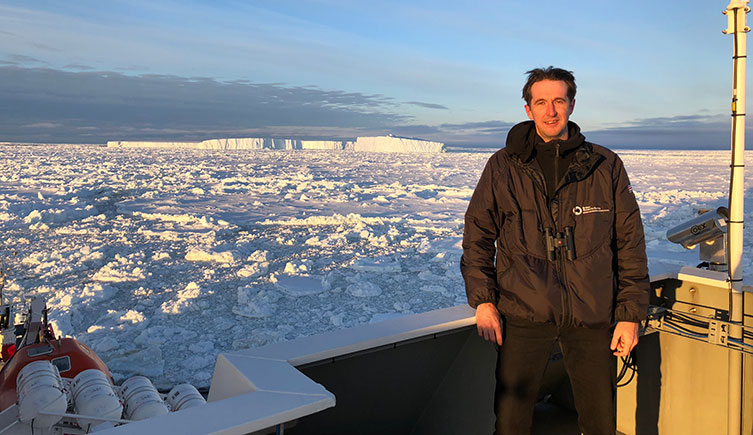


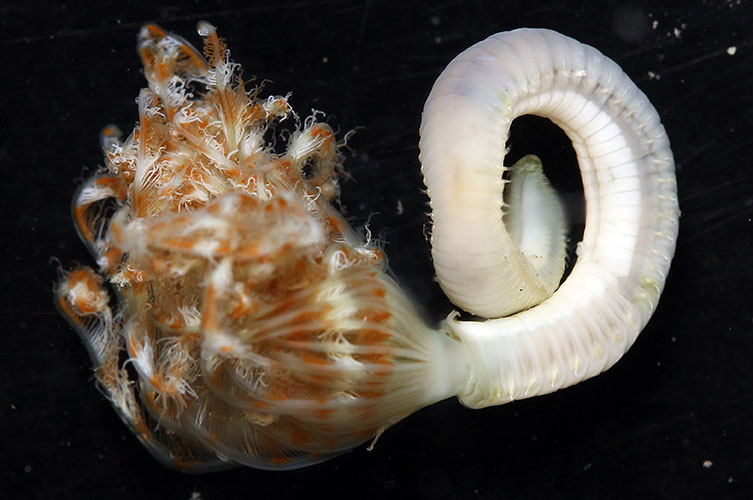
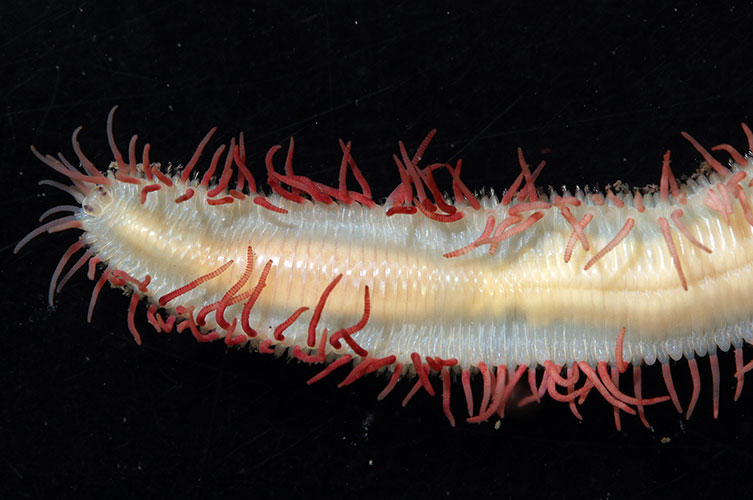
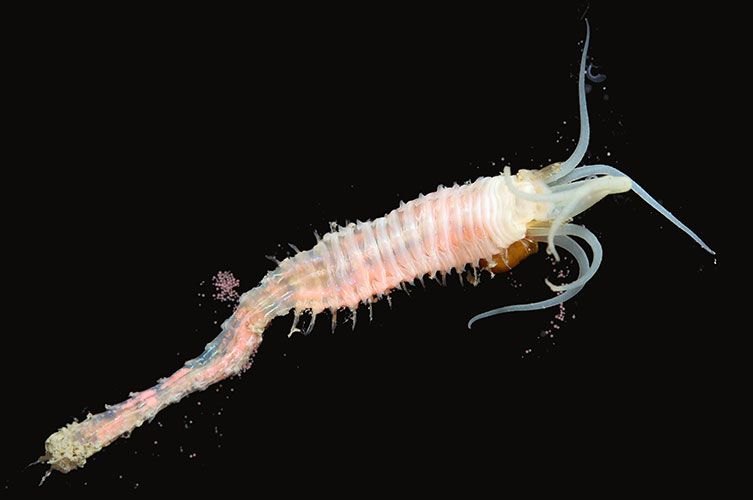
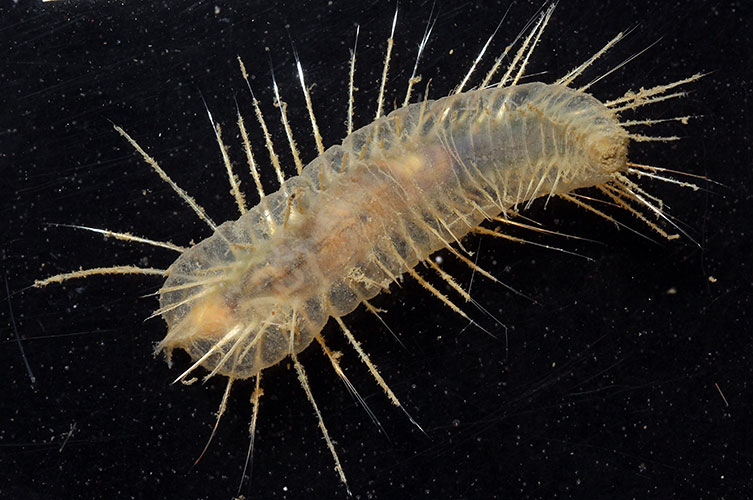
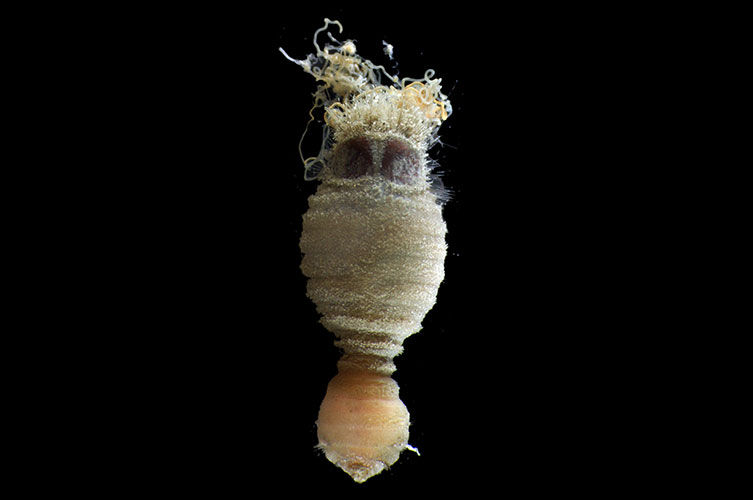
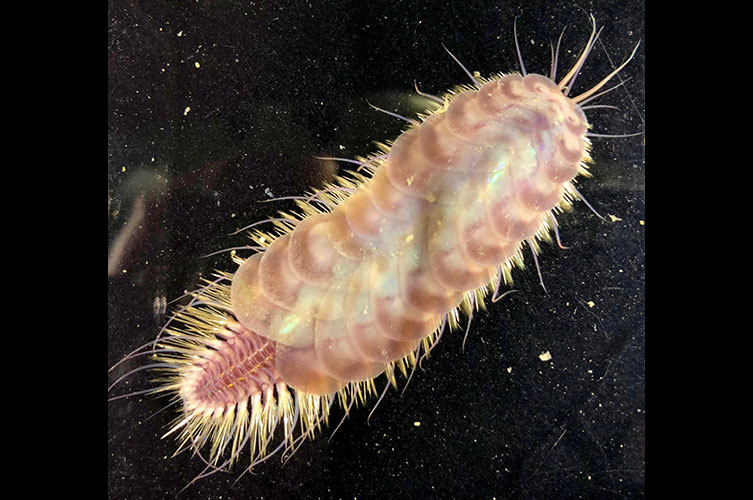
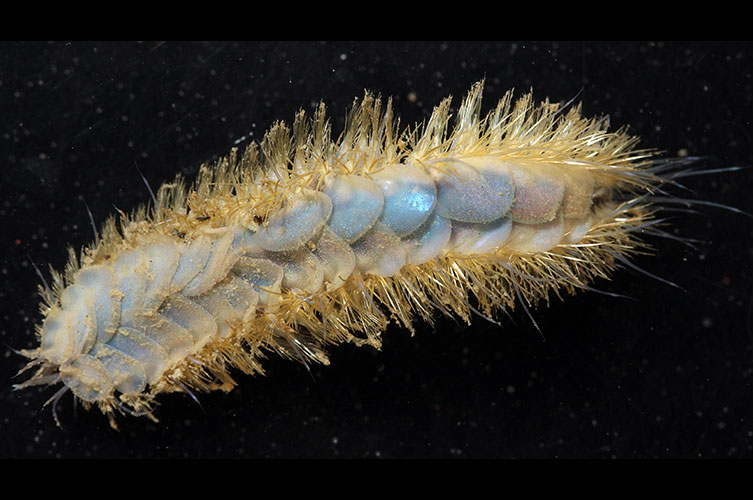
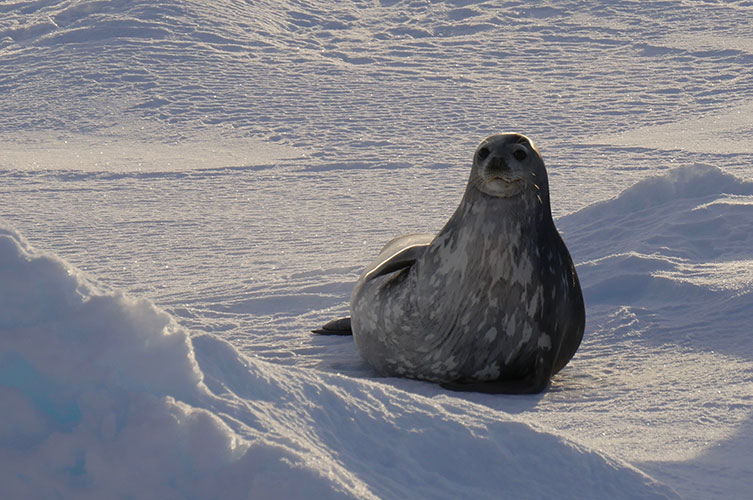
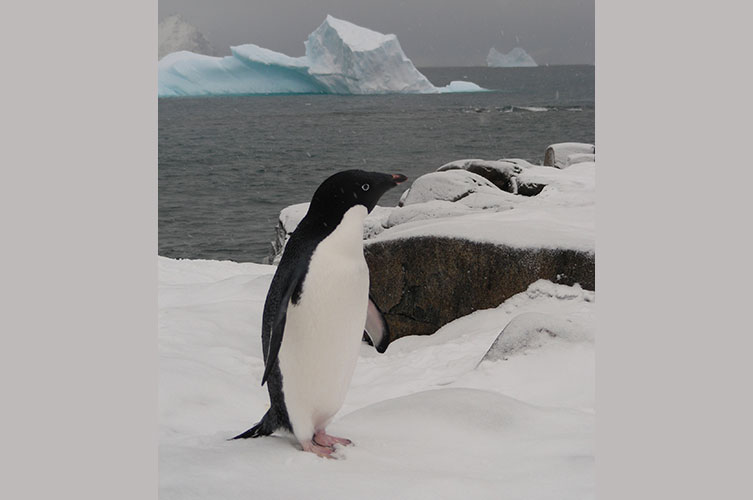
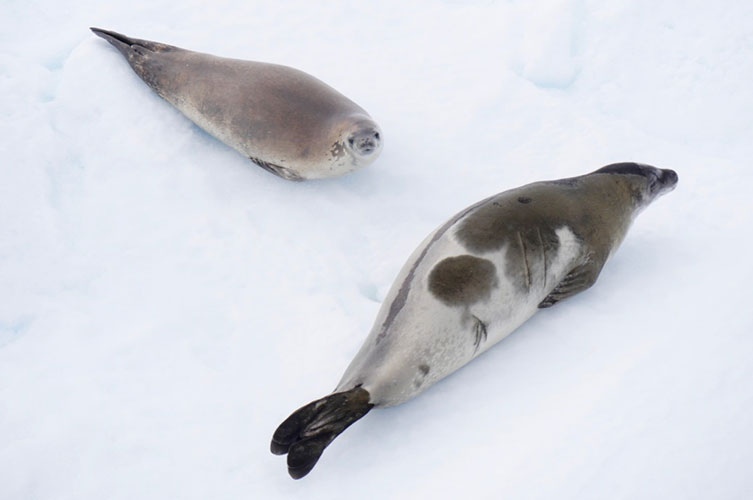
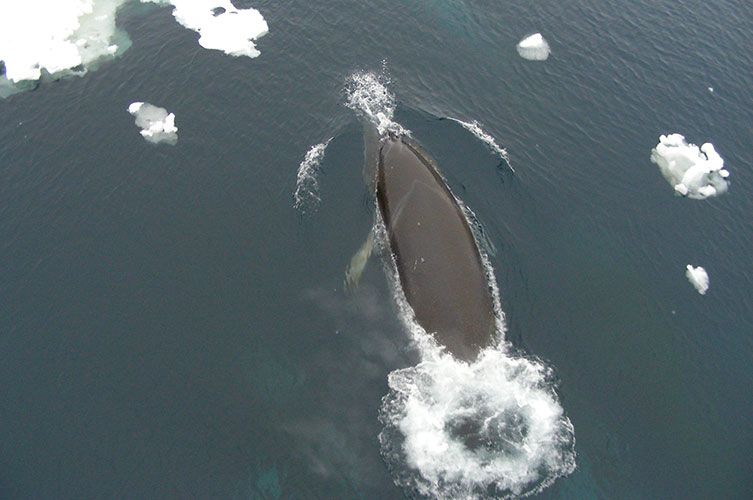
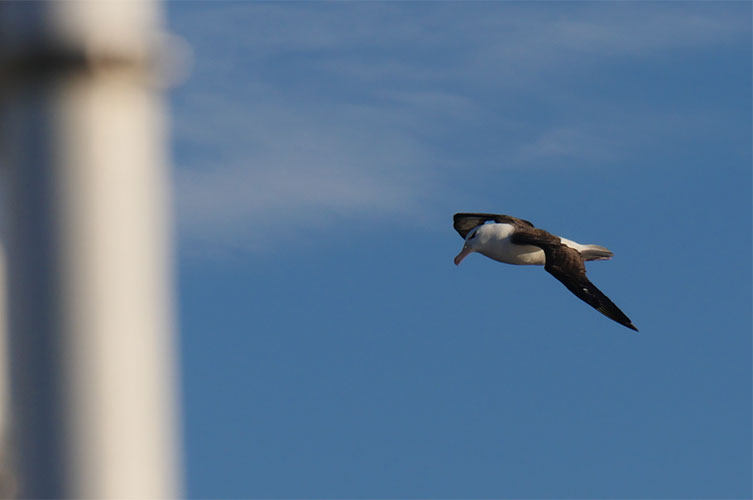

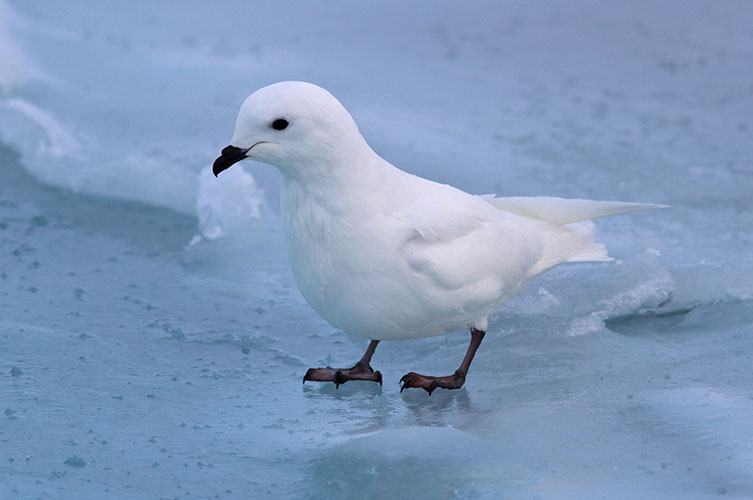
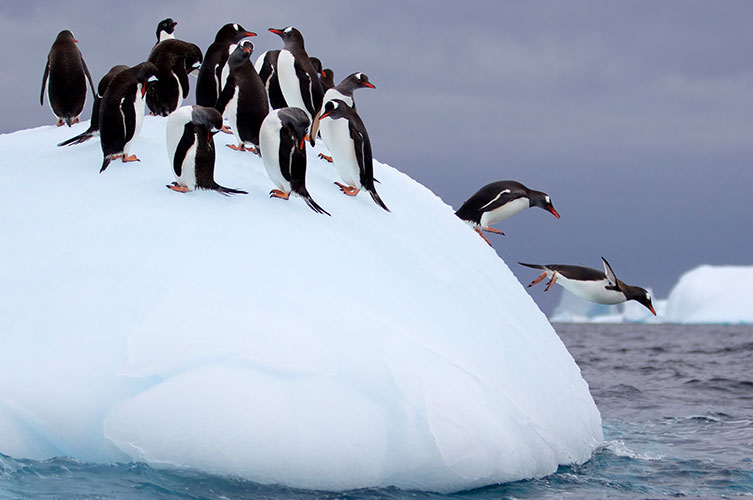
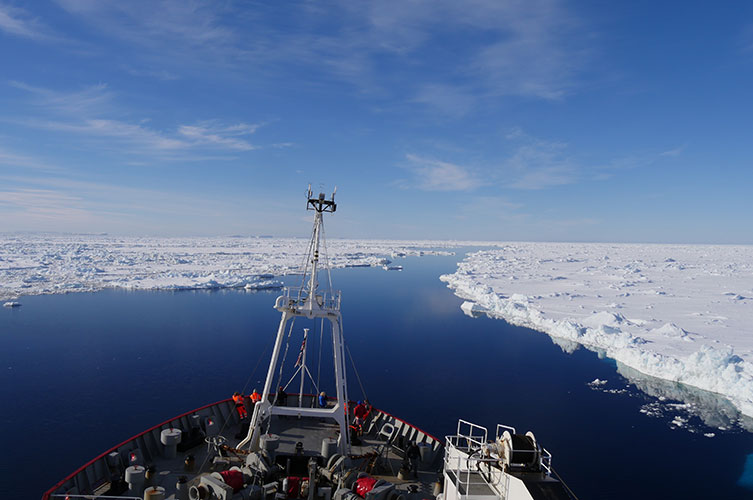
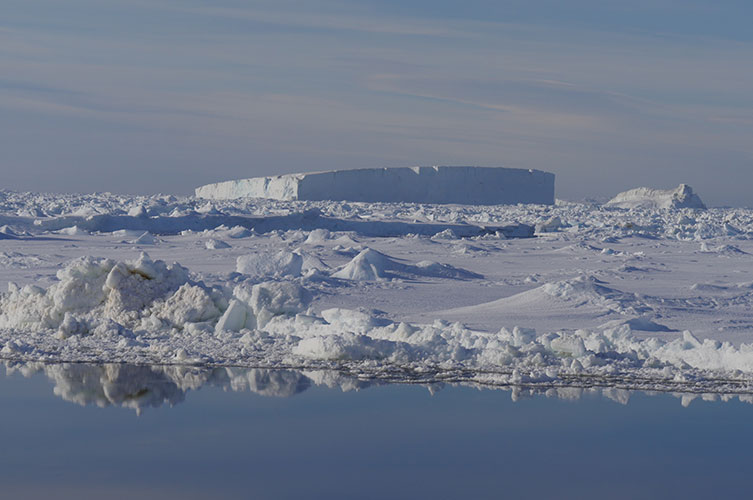

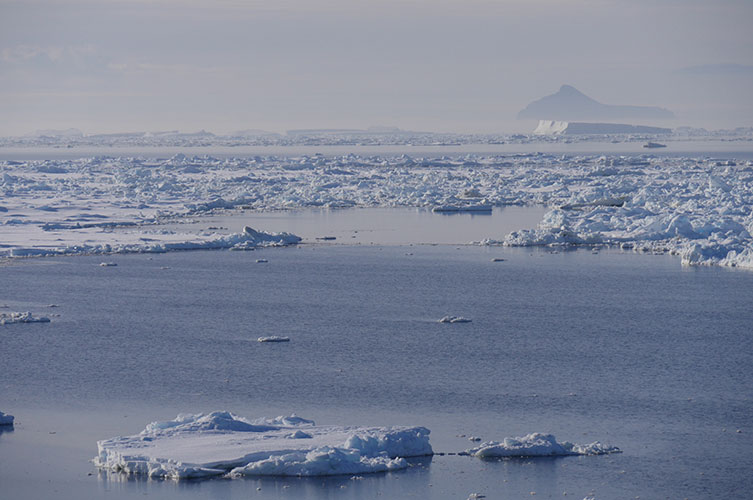
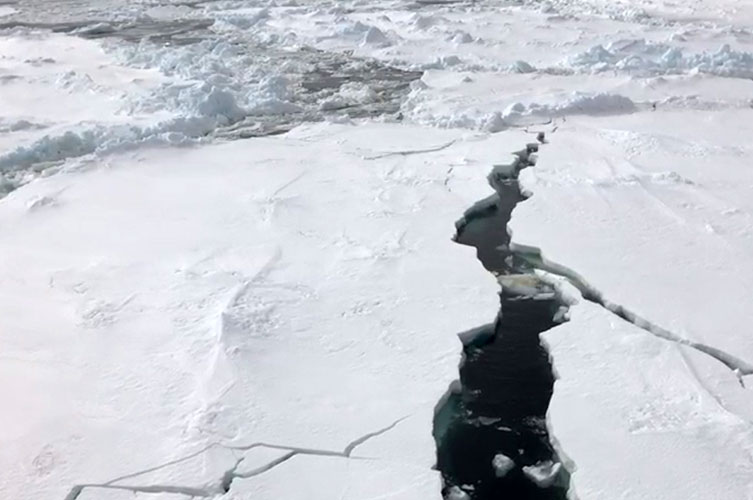
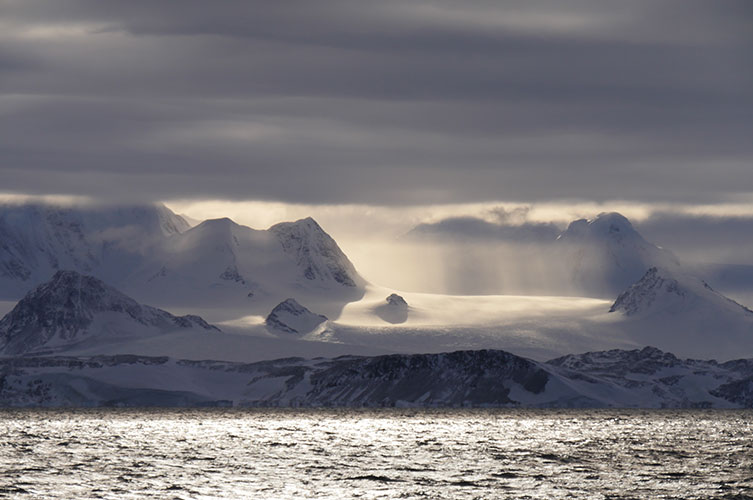
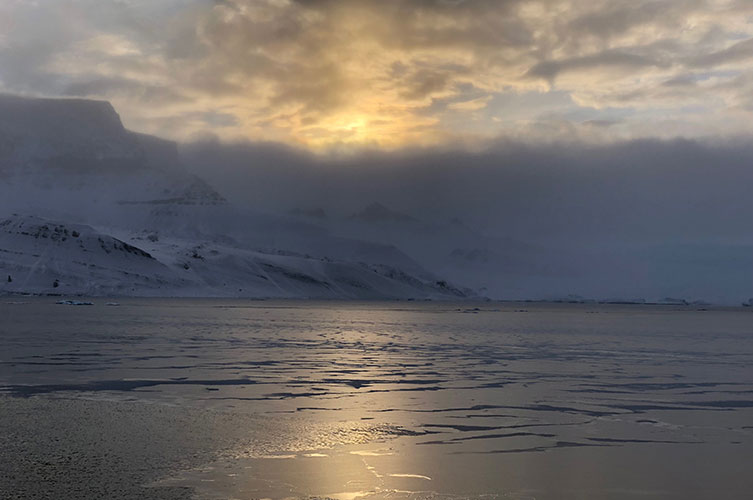



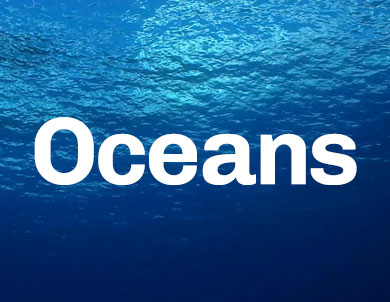
Don't miss a thing
Receive email updates about our news, science, exhibitions, events, products, services and fundraising activities. We may occasionally include third-party content from our corporate partners and other museums. We will not share your personal details with these third parties. You must be over the age of 13. Privacy notice.
Follow us on social media